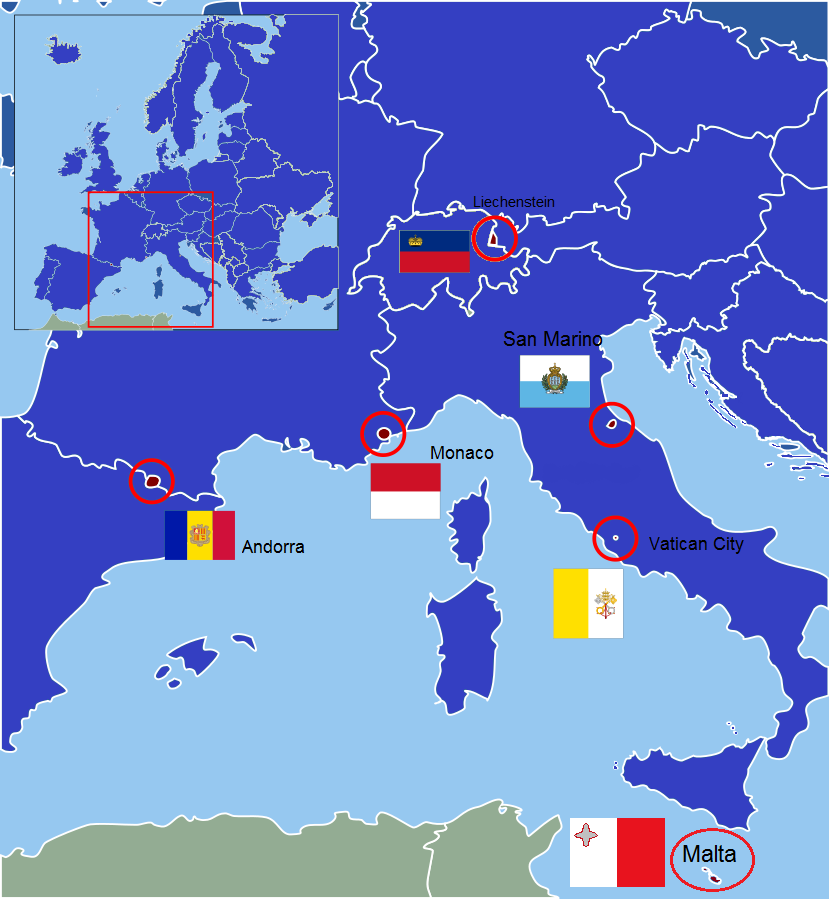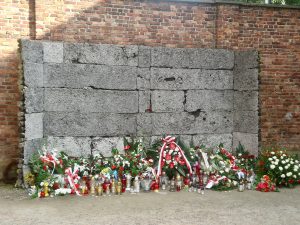Before we get into what the 6 microstates of Europe are, we need to firmly define what they are – as it’s a little more complicated than merely “small countries.”
A microstate is a sovereign state that has a small population or a very small land area – usually both. While most countries take up huge swathes of land, often with long international borders and coastlines, a microstate will often only take up a small area, which is often smaller than other nations’ counties or cities.
For example, the smallest country in Europe and arguably the most famous takes up an area of 0.49km² which would make it 3,000 times smaller than the English capital of London.
While some nations may be classed as microstates based purely on their landmass, there are six officially recognised microstates in Europe, all of which make up the smallest countries in Europe. This has been agreed upon by notable scholars and part of the confusion maybe stems from the fact that most aren’t in the EU, however, some do deal with EU partners for trading and Malta joined the EU in 2004.
Let’s take a closer look and unravel these mysterious tiny microcountries of Europe. I will use the terms ‘microstates,’ ‘micronations’ and ‘microcountries’ interchangeably.
Image Source: The Official 6 European Microstates
Six official microstates make up the smallest countries in Europe by size. They are scattered across the continent and are some of the longest-standing unchanged states, far outliving vast empires and countries. They all have their own histories, cultures and, in some cases, languages. As size really does matter when it comes to talking about the smallest countries in Europe, let’s take a look at them in reverse order (largest to smallest) before moving on to the nitty gritty. Nestled amongst the Pyrenees mountains, Andorra is a nation that covers just 467.4km² and has a population of 77,142. Although a blend of French and Spanish influences, the Principality of Andorra has managed to remain independent; both culturally and politically free from both these nations for millennia. Andorra was established in the 8th century and is thought to be the single remaining Marca Hispanica – a series of buffer states created by Charlemagne to protect Christain France from the Islamic Moors. Andorra managed to keep its independence for the next few hundred years, when it was briefly occupied by the Crown Aragon twice, in 1396 and 1512. Throughout the preceding centuries, Andorra existed in relative isolation, with little contact with its neighbouring nations. Declaring neutrality during both World Wars, it wasn’t until the post-war area that this relatively impoverished nation began to open up and improve its economic status through the tourism industry. Along with its winter sports culture, Andorra has thrived off its financial services sector, increased by its reputation as a tax haven and its banking secrecy laws. Malta covers 315km² with a population of 517,000 people. The islands of Malta have seen human activity since 5900 BC and are still home to some of the oldest free-standing structures on Earth. The country was first conquered by the Phoenicians and then by the Romans in 218 BC. This Roman rule continued well into the formation of the Eastern Roman Empire and the Byzantines that ruled it. A multicoloured thread of invasions by Arabs and then Sicilians, Aragonese and Spanish Christianised the islands. During the mid-16th century, Malta was given to the Order of Knights of the Hospital of Saint John of Jerusalem, commonly known as the Knights Hospitaller. Under their two-century rule, the island saw a growth of arts, culture and overall improvement in society. Throughout the Napoleonic Wars, a French invasion was repelled by the combined alliance of British, Neapolitan and Portuguese, resulting in Malta becoming a protectorate of the British Empire. Malta was one of the most important British naval bases during the Second World War, a status that brought utter devastation to the island at the hands of the German Air Force. Never giving in without a good scrap, the island remained a stronghold for the allied nations and in doing so the entire country of Malta was awarded the George Cross, the highest award bestowed by the British government for non-combatants. The cross remains on the national flag of Malta to this day. Malta finally gained its independence from Britain in 1964 and would go on to join the European Union in 2004. The European microstate of Liechtenstein is the 6th smallest country in the world with 315km² landmass and 38,000 inhabitants. The Rhine plain has been occupied by settlers for thousands of years, and for centuries, the area that would become Liechtenstein was ruled by two lordships: the Holy Roman Empire and Vaduz. Founded in 1719, the Principality of Liechtenstein was named after the family Liechtenstein, which in turn lived at Lichtenstein Castle in Austria. This dynasty was first incorporated into the Holy Roman Empire and then the Confederation of the Rhine during the early 19th century. Later, Liechtenstein would lean more towards the empires of Austria and Austro-Hungary, contested right up to the First World War. Although claiming neutrality throughout the war, its closeness to Austria led to economic sanctions, and eventually, economic devastation. This led Liechtenstein to join a customs and monetary union with Switzerland, which would represent Liechtenstein to the rest of the world. Modern Liechtenstein would claw back its economic status through a thriving financial sector in the latter part of the 20th century, increased by its low corporate tax rates which drew many companies to the country, a reputation that has upheld the principality ever since. Coming in at a teeny 61km² with a population of 34,000 people – my football club’s stadium holds 20,000 more than this European micronation! One of the oldest continuous states of Europe, it is said that San Marino was founded by one Saint Marinus, who left the island of Rab in modern-day Croatia and built a small church on the mountainside of Monte Titano in the early 4th century. This was the first building that would then go on to become the city and the state of San Marino – an etymological link to Saint Marinus. Through the next thousand years, San Marino sought to save its independence, often coming under conflict with the domineering Papal States and the Vatican. This conflict resulted in numerous occupations by the papacy every century from the 14th right through to the last occupation in the mid-18th century. Keeping its independence throughout the 19th century and early 20th centuries, San Marino declared neutrality when Italy declared war on the Austro-Hungarian Empire during the First World War. Following suit during the Second World War, San Marino again declared neutrality – though this didn’t stop the British from mistaking German troop movements and accidentally bombing the area. Post-war San Marino saw the first democratically elected communist government in the world, holding office between 1945 and 1957. With only 2km² and just 1000 more people than Liechtenstein at 39,000 population and the reputation of the swankiest of the micronations of Europe; Monaco makes absolutely no apologies for who and what it is. The early history of Monaco predominantly revolves around the Rock of Monaco, a 200 ft monolith jutting out along the coast. It first acted as a shelter for the early settlers of the area and then as a fortified point for the many empires and people who came after. The Phoenicians and then the Greek Phocaeans were the first people to take control of the Rock of Monaco and the surrounding area, later passing to the Romans. After the fall of the Roman Empire, rule passed to the House of Grimaldi, a Genoise family that would go on to rule the area for hundreds of years. Much of the wider lands of Monaco were ceded to France, resulting in the modern borders we see today. In 1869 the principality stopped collecting income tax from its residents, a feat that the House of Grimaldi could afford because of the success of its casinos. Other than a brief occupation of Italian, and then German forces, Monaco has continued to keep its independent statehood. Though it remains to have many political and cultural ties to France, including the French military being responsible for Monaco’s defence, while not having to pay tax for their hypothetical services (not a bad gig at all). At 0.4961km² and a population of 825 people (not a typo), Vatican City holds the title of the smallest country in Europe, and the world and also boasts being the most famous of all European Micronations. The first formation of the Vatican City came through the Papel States, a large region of mainland Italy, all under the control of the pope. This lasted for centuries until the area was seized when the nations of Italy were unified in 1870. The Pope continued to hold political power until 1929 when their role was left to only spiritual matters. The Lateran treaties of 1929 granted independence for the Vatican City state, set aside from the rest of Italy. This independence would last right through the 20th century, with the Vatican City claiming neutrality throughout the world war – something that was accepted by the Allied Forces during the Second World War. Before solid research on this, I counted 7 European micronations by my estimations, as I have been to Luxembourg and well, it’s pretty damn tiny. However, after stumbling upon this Reddit Post and this passioned blog post from Brilliant Maps, I agreed to omit Luxembourg, I shall get ready for the potential wrath of any reading Luxembourgers. So there you have it, those are the 6 official microstates of Europe, get them memorised for your next pub quiz so you can look like a proper smarty-pants!1. Andorra
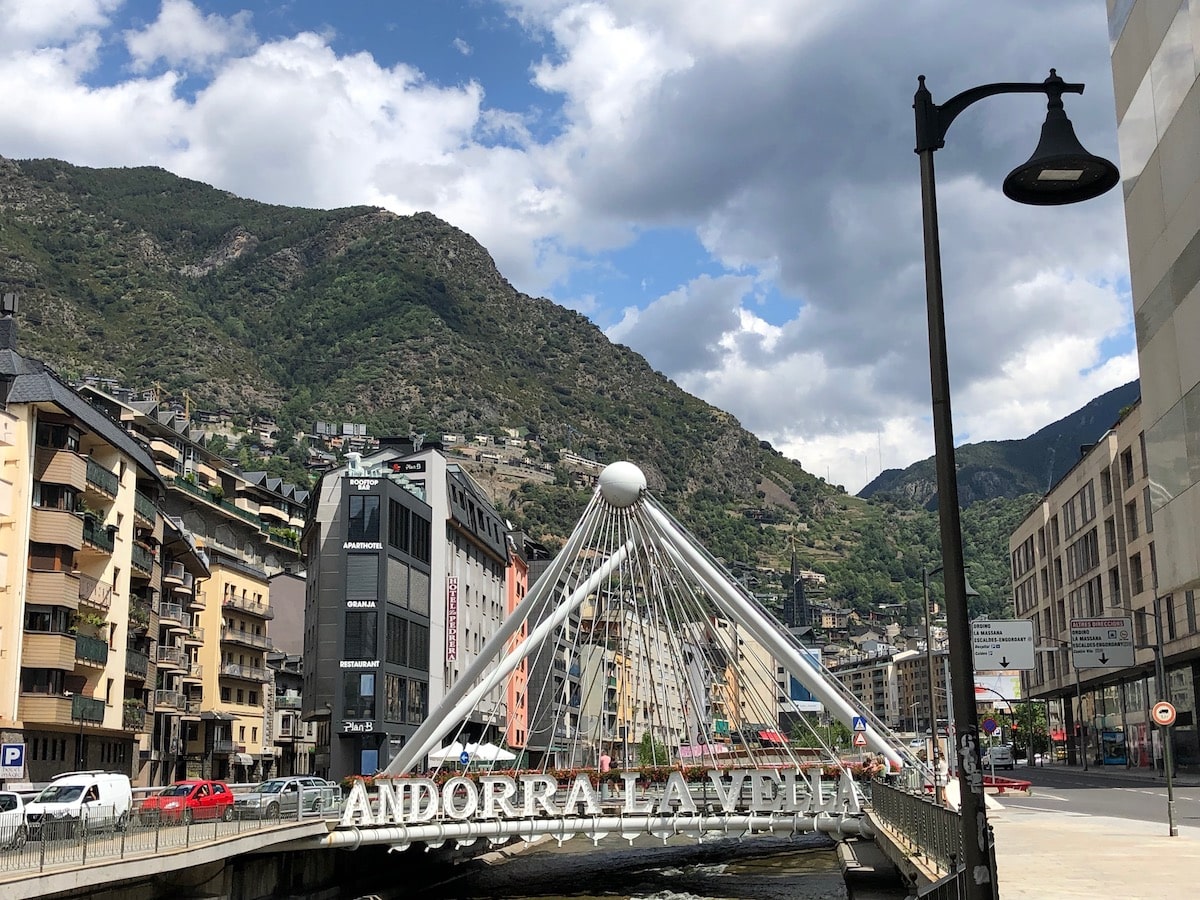
Know Before You Go:
2. Malta
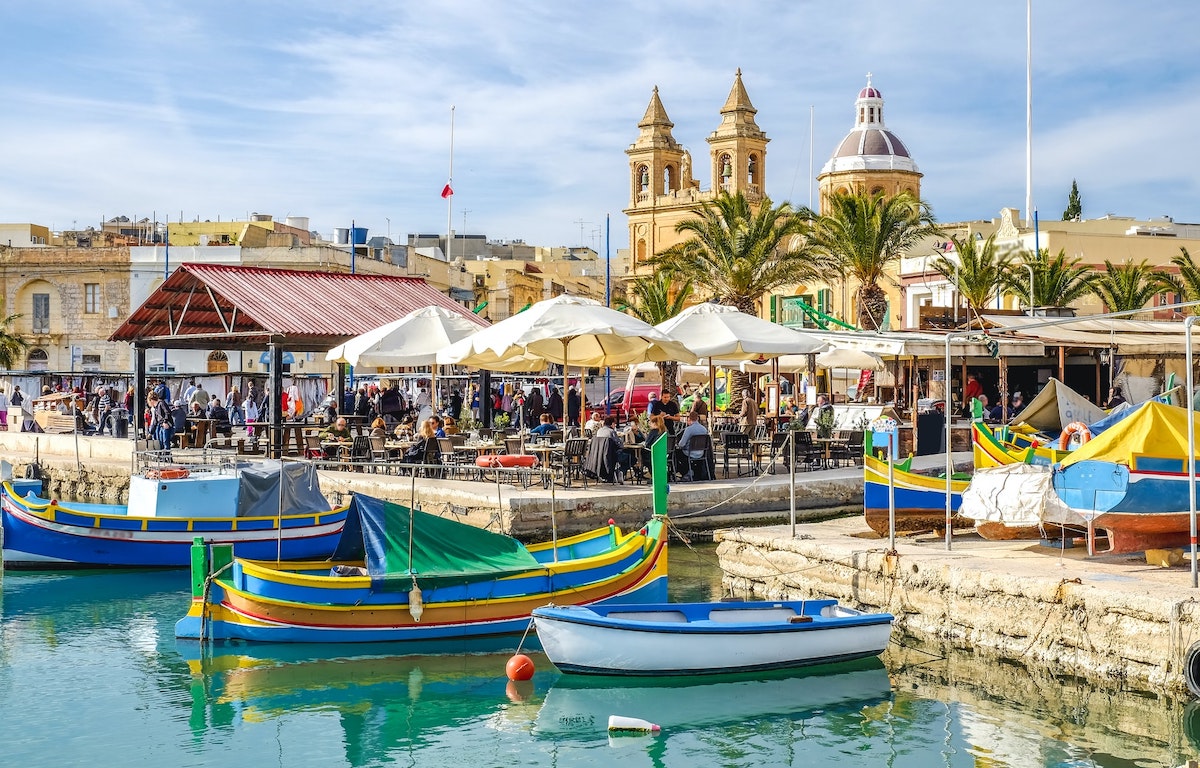
Know Before You Go:
3. Liechtenstein
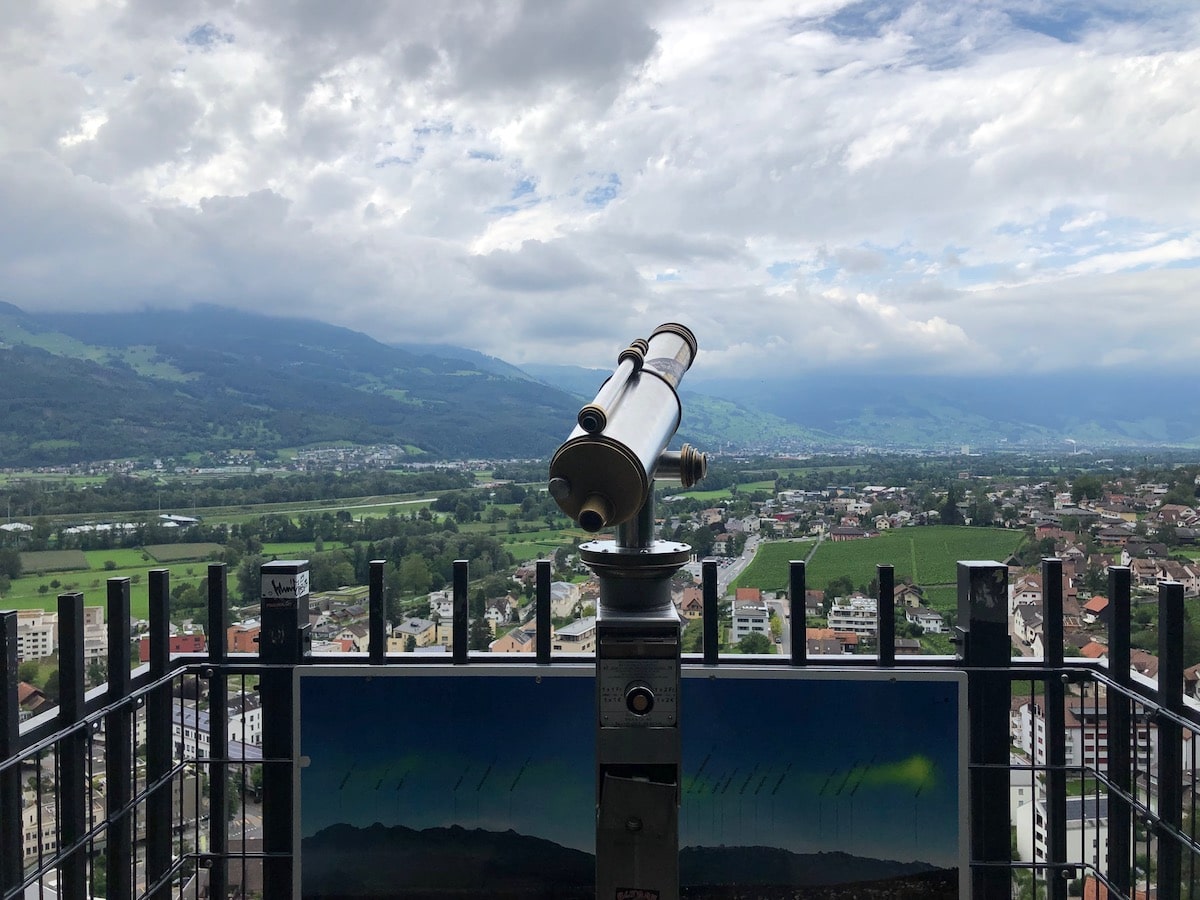
Know Before You Go:
4. San Marino
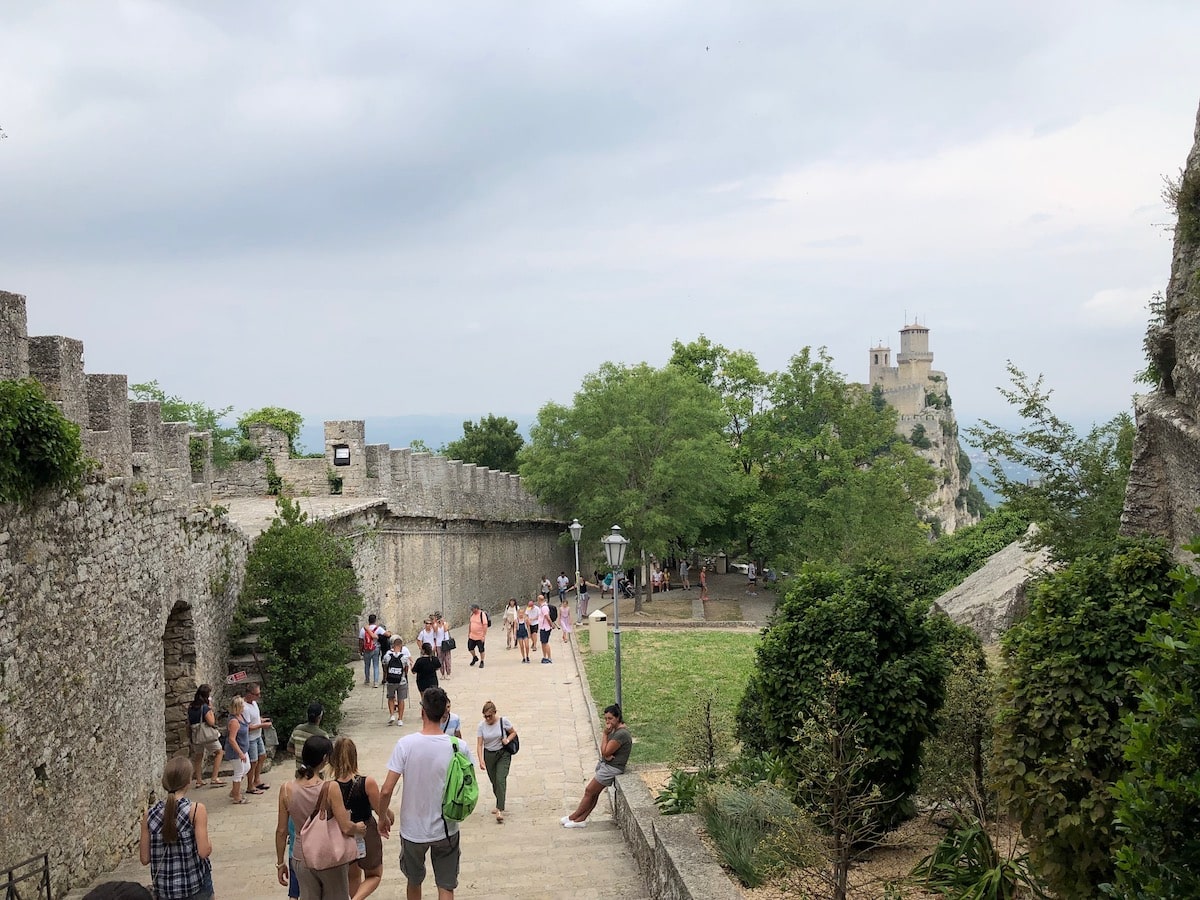
Know Before You Go:
5. Monaco
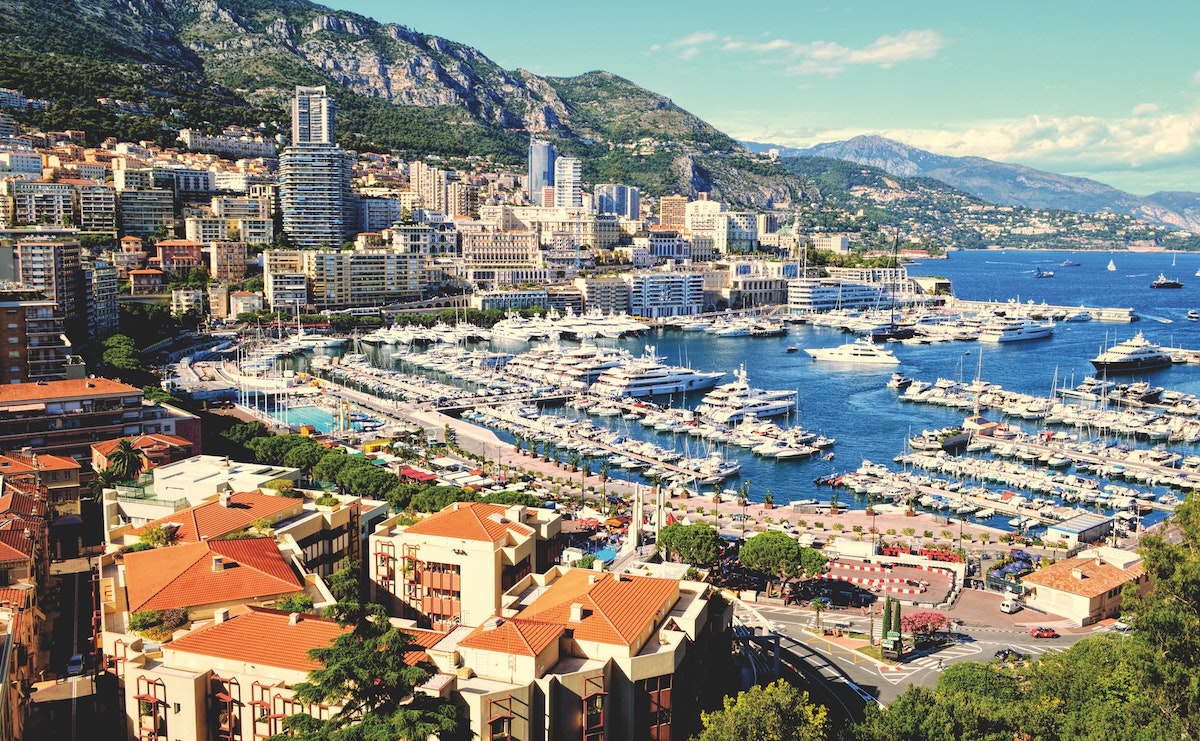
Know Before You Go:
6. Vatican City
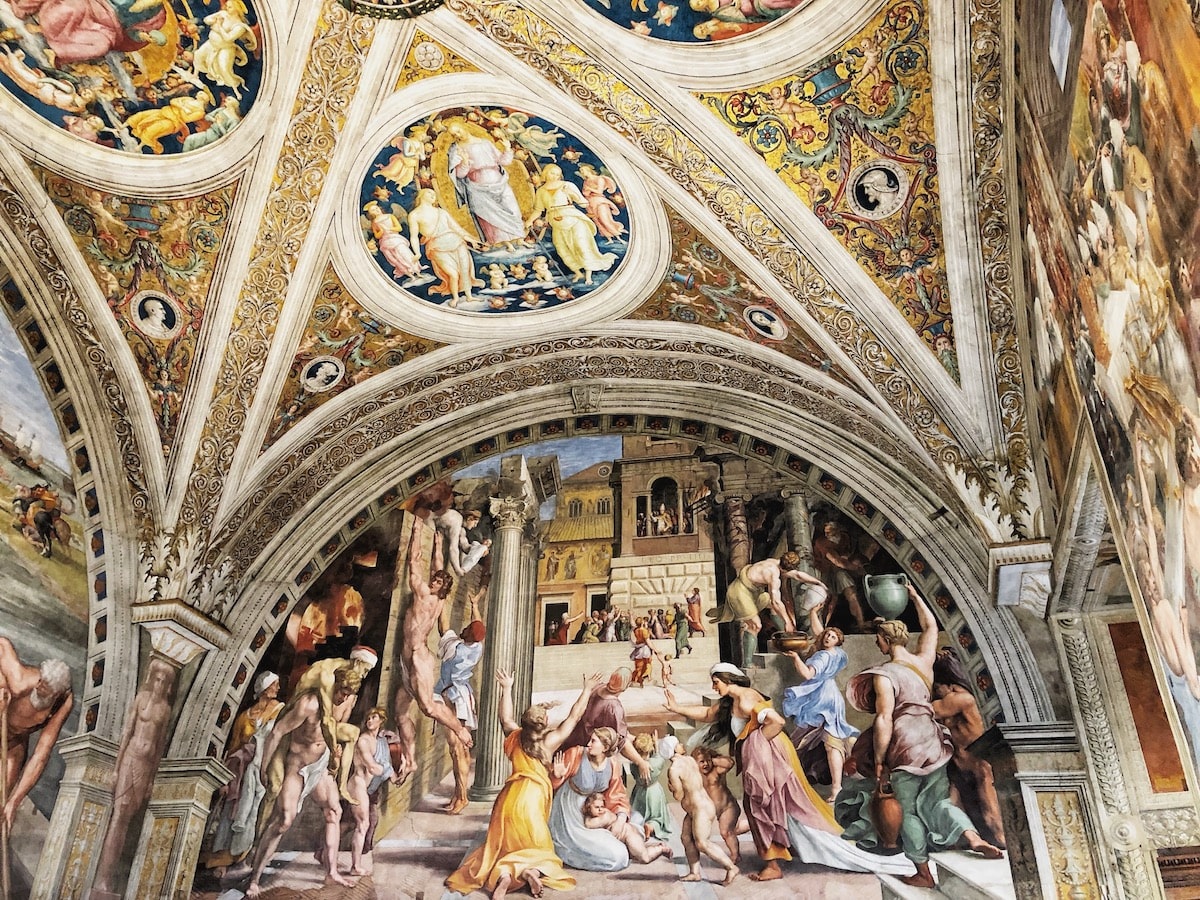
Know Before You Go:
Conclusion on The Microstates of Europe

